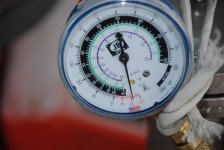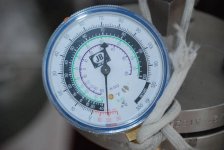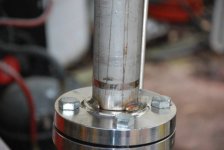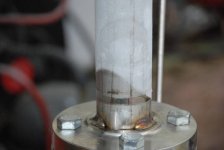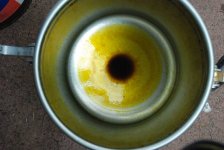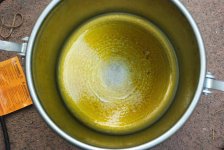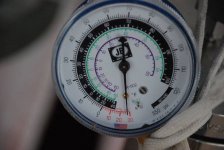for the laugh! Let me ask a few questions.
Lengthening the duration of extraction at atmospheric pressure does not damage the quality and increases the amount of good extract.
Have you experimented with the duration?
Solvent should wash material. In still solvent effect of saturation of the contact layer slows down the extraction.
Certainly need to stir. How do you solve this problem?
Sorry I haven't much yet bro! I am still trying to speed it up and get it reliable running fan leaves. I will most definitely be experimenting with duration if the new pump works out.
We have discussed this issue, and considered multiple columns mounted in an array on a vibrating frame, connected by PTFE hoses instead of stainless tubing.
A vibrator could be mounted to our existing assembly, but would most likely loosten fittings and create leaks without a dampening hose or mechanisim between them.
We built a couple of simple closed system prototypes, incorporating vibrators which worked well at ambient, but did not reclaim the butane.
They also rose to about 25 psi at ambient, during a 10 to 20 minute vibratory soak. It improved the yield but actually required more butane, due to the increased volume of the non packed portions of the systems.
The material also exhibited more of a green hue than our flow through extraction of the same material and required more subsequent polishing.



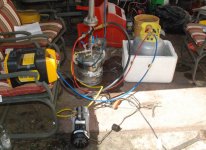
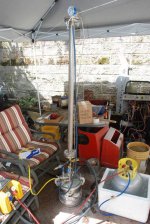
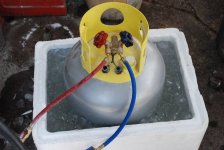
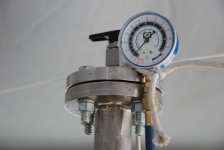

 I was fortunate to get thru HS Science. Your take it another level innovations make we wish I'd have spent more time in the lab. Excellent work
I was fortunate to get thru HS Science. Your take it another level innovations make we wish I'd have spent more time in the lab. Excellent work 